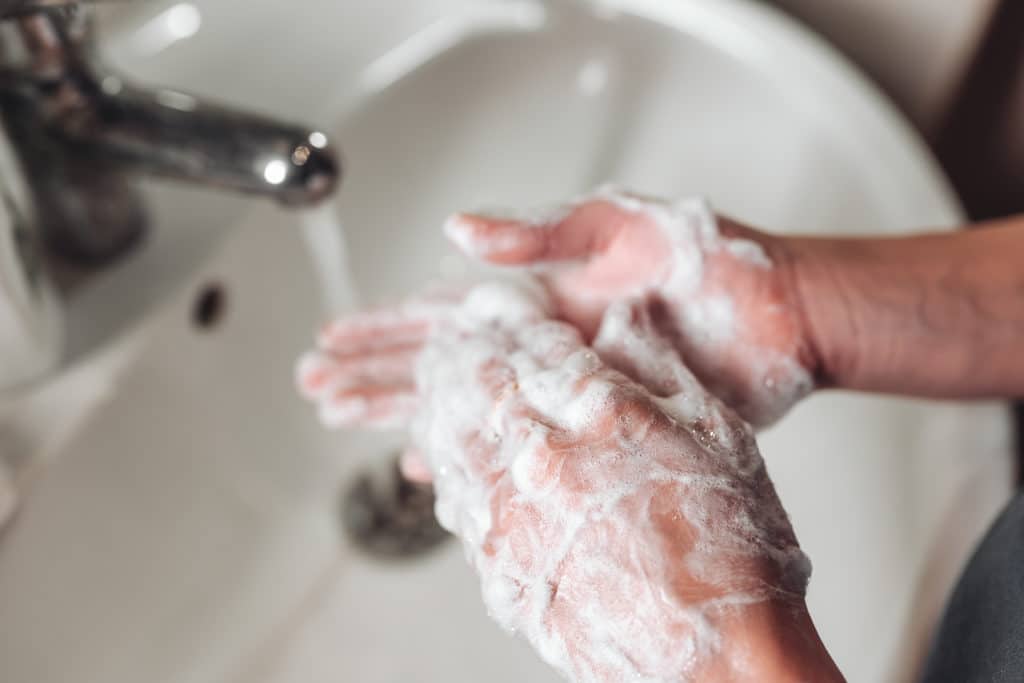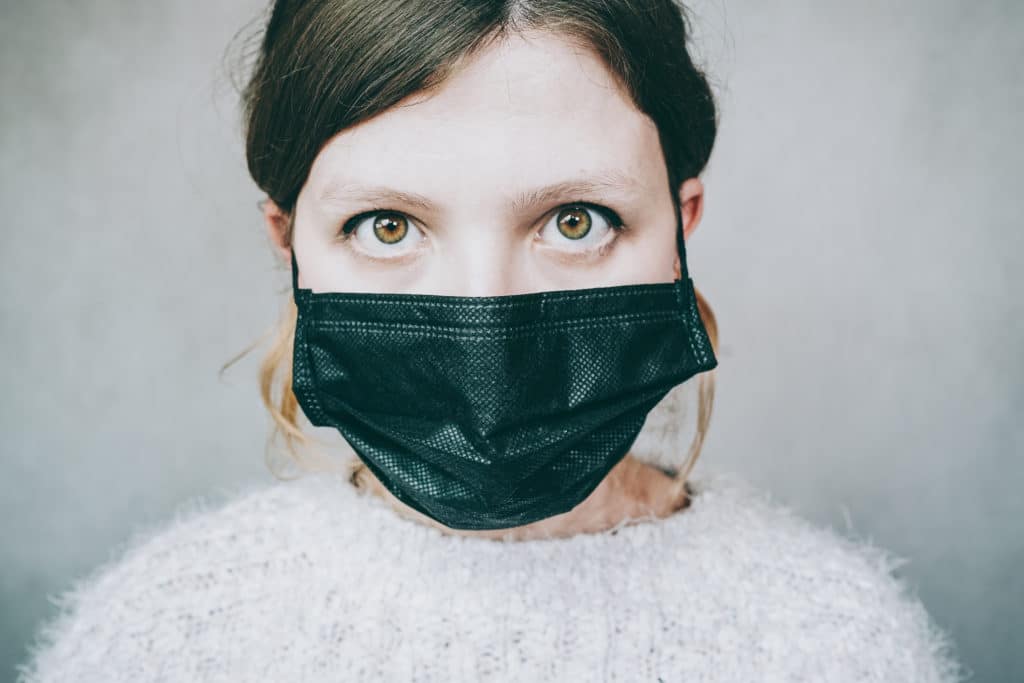Before you continue reading,
I want to make one point very clear, I am not a doctor. I am not a scientist. I am a safety consultant who probably learned about COVID 19 the same as you, on the news in January during the Chinese COVID 19 crisis. I am the husband to a wife that works long hours at an emergency room in a suburb of Denver. I am a safety consultant to many companies looking for answers and reassurances during this novel crisis. If you are like me, when we first heard of this novel virus in China, you probably had to ask Google. “What does novel mean?” Definition of novel: new and not resembling something formerly known or used. Kind of like this crisis we are currently in the middle of, very novel. The purpose of this blog is simply to harvest and display in one blog the answers to questions I have, and that my clients have asked me. So, without further ado………
Best Practices for Control & Prevention

One benefit of being a safety consultant is that I get the opportunity to visit many of my essential services clients to deliver safety inspections. As a result, I get the chance to see operations that are very proactive in their disease control & prevention measures and those that have not altered their approach since the crisis started. I learn equally from both, the following are some best practices that I have observed on sites, most are also recommended by the CDC and OSHA as well.
- If possible, ask employees with the personal risk factors listed by the CDC to work from home. Here is the list of personal risk factors from the CDC.
- Enforce a strict six-foot social distance rule at the site. If critical path activities require work that is closer than six feet, consider having the employees develop a pre task safety analysis or job safety analysis, for this work, just like any other high-risk activity.
- Require all employees to cover their faces with at minimum, a double layer of cotton while on site. Most sites do not have a stockpile of the preferred N95 masks that provide the best protection, but a double layer of cotton does provide some protection. We’ll come back to this.
- Encourage employees to frequently wash their hands with soap for at least 20 seconds.
- Provide hand wash stations, we recommend one hand wash station for every two portable toilets.
- Schedule the rental company to wash & sanitize your portable toilets and hand wash stations at least daily.
- Encourage sick employees to stay home regardless of symptoms. If the employees symptoms are consistent with those of COVID 19 ask them to follow the CDC guidelines regarding care and self-isolation.
- Do not require employees to obtain a note from the doctor to return to work. Health care offices and medical facilities may be extremely busy and not able to provide such documentation in a timely way.
- Encourage respiratory etiquette, including covering coughs and sneezes.
- Provide workers with tissues and trash receptacles.
- Discourage workers from using other workers’ phones, desks, offices, or other work tools and equipment.
- Maintain regular housekeeping practices, including routine cleaning and disinfecting of surfaces, equipment, and other elements of the work environment. The EPA has released a list of approved disinfectants for COVID 19.
- Deliver toolbox talks weekly on different COVID 19 topics. Remember education is one tool we can all use in fighting this virus. Some possible topics are:
- What is a Coronavirus?
- How Does COVID 19 compare with other viruses?
- What are the Signs and Symptoms of COVID-19?
- What Should I Do if I Think I Have Been Exposed to COVID 19?
- How is COVID-19 Treated?
- Am I at High Risk for Complications from COVID-19?
- When Can I Return to Work After Having COVID-19?
- How to properly don & discard disease preventative PPE.
- Discontinuing nonessential travel to locations with ongoing COVID-19 outbreaks. The CDC provides an up to date travel warning site.
Do cloth masks really work?

Earlier I mentioned that you should require workers wear at least a double layer of cotton over their faces while onsite. Initially government officials discounted the effectiveness of face covering unless a surgical mask or N95 rated respirator was used. Recently government officials have done a complete about face on the subject though. There have been several studies into the effectiveness of various masks including cotton handkerchiefs. One such study was conducted in 2014. They found that the N95 equivalent mask blocked more than 95 percent of all particles, as expected. The surgical mask was around 40 percent effective, with the dental masks coming in at around 60 percent. Cotton masks were around 30 percent effective and cotton handkerchiefs ranged from 2 percent (one layer) to 13 percent (four layers). NIOSH also conducted a study in 2010 on masks made from a variety of different materials including T-shirts, Sweat shirts, towels and scarves. The effectiveness of masks made from different materials for removing particulates were as follows: T-Shirts removed 10%, Sweatshirts 20-40%, Towels 40% and scarves blocked 10-20%. The conclusion: While masks made of various materials are not as effective as an N95 respirator at filtering the air from the virus, they do help. The face coverings when used in conjunction with the other measures listed above will aid in slowing down the transmission of the virus. The website Happy DIY Home provides a great detailed page on creating these face masks .
OSHA & COVID 19
OSHA has provided an abundant amount of resources to the education of workers on COVID 19. The most comprehensive document is the downloadable PDF Guidance on Preparing Workplaces for COVID -19. The most common questions that I have received are:
- Is COVID 19 a recordable illness according to OSHA? OSHA issued enforcement guidance on this subject on April 10th. OSHA will not enforce 29 CFR § 1904 to require other employers to make work-relatedness determinations, except where:
- There is objective evidence that a COVID-19 case may be work-related. This could include, for example, a number of cases developing among workers who work closely together without an alternative explanation; and
- The evidence was reasonably available to the employer. For purposes of this memorandum, examples of reasonably available evidence include information given to the employer by employees, as well as information that an employer learns regarding its employees’ health and safety in the ordinary course of managing its business and employees.
- Will OSHA cite my company if I have employees wearing N95 respirators at work without having been fit tested? OSHA issued an enforcement memo on April 8th regarding this question. In this memo OSHA says, “OSHA field offices will exercise enforcement discretion concerning the annual fit-testing requirements, as long as employers have made good-faith efforts to comply with the requirements of the Respiratory Protection standard and to follow the steps outlined in the March 14, 2020 memorandum.”
I know this is a lot of information to digest but hopefully this gives you a good blog to reference several different, valid sources of information as we work through this crisis. Trivent Safety will continue to push out good sources of information and best practices that we learn as often as possible. Someday we will make it to the other side of this crisis, until then, please stay safe and healthy!
Author: Bryan McClure
